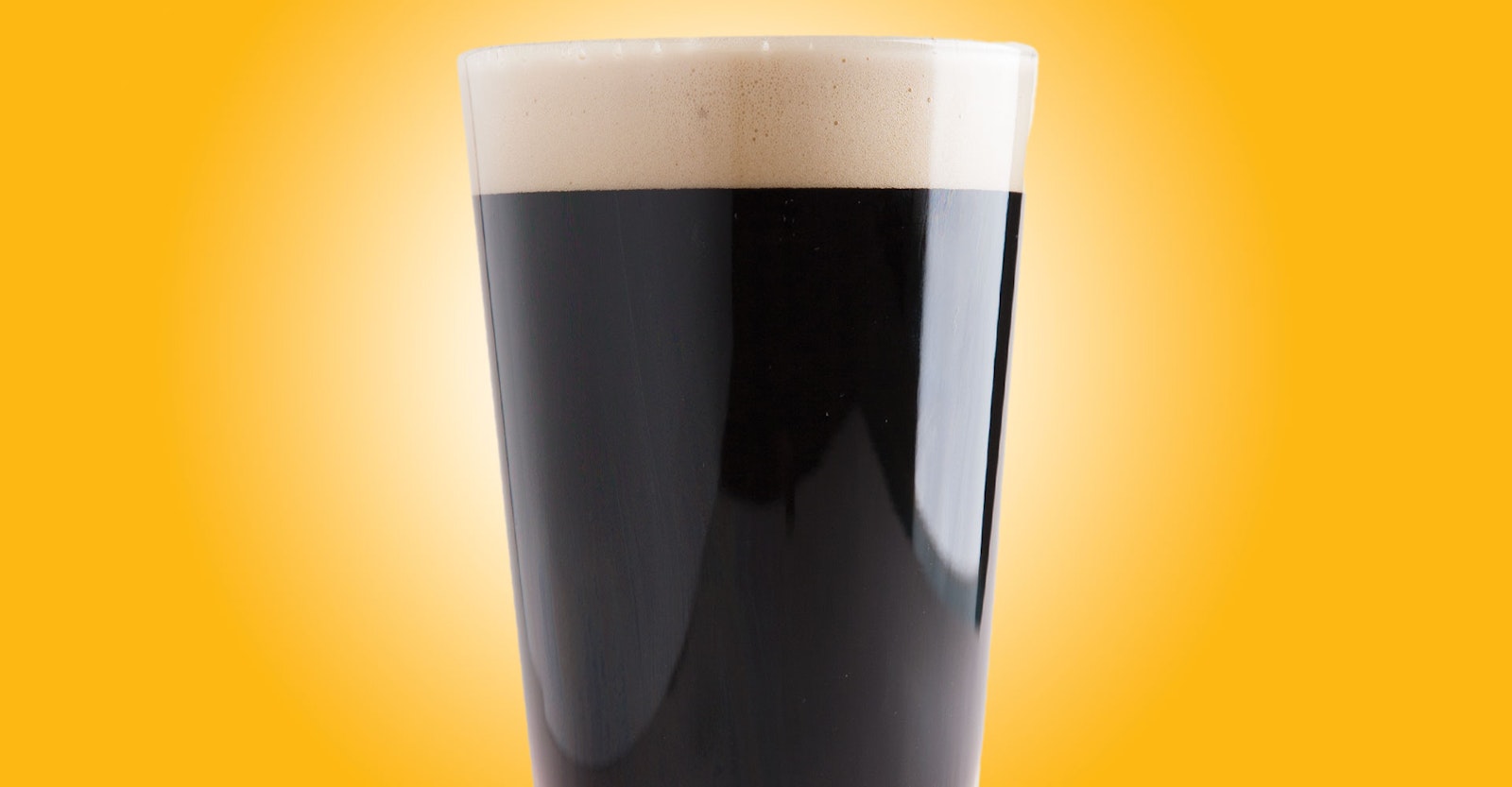Style: Dry stout—or Irish stout, since the archetypes hail from the Emerald Isle—is a “small” beer with a big, roasty punch. It should be low in alcohol and relatively light in body while accentuating the coffee and chocolate of the dark malts. It needs some bitterness, but not too much; even a touch of astringency can make for a beer that’s grating to drink—the exact opposite of what we want. That’s tricky because what really makes this beer is roasted barley. This recipe also adds a few other touches for a more complete flavor experience.
Ingredients: For a solid base we start with a 3:1 ratio of Maris Otter to flaked barley. Maris brings a bready background flavor—a wonderful base, perfect for this style. The flaked barley, meanwhile, smooths out the texture and flavor—that’s important because it’s about to get a little weird in here. You’ll want a nice portion of roasted barley, between 10 and 15 percent of the grist. If you make this a couple of times and it’s not roasty enough for you, add some pale chocolate malt a pinch at a time until it’s where you want it—but don’t overdo the roasted barley. Meanwhile, a handful of acidulated malt will do two very beneficial things: add a nice, tart zip to the finished beer and help keep your mash pH in check. (Acidulated malt reduces mash pH by about 0.1 per 1 percent of the grist.)
For the hops, I use a 50/50 blend of Fuggles and Glacier in a 40-minute addition, enough to yield 30 IBUs. Fuggles are classic and perfectly appropriate here, with their earthy and woody character. Cutting in the Glacier echoes the woody notes while adding a brighter melon/apricot note. The 40-minute addition makes it easy to get the bitterness while preserving enough of the flavors.
Finally, yeast: Have you heard this one before? Time once again for my good old Wyeast 1007 German Ale yeast. Why the stylistic national mismatch? Because we want attenuation, and I get a bit more out of the 1007 than the Irish Ale strains available. At the same time, it develops a pleasant berry ester that fits the profile. This strain is also less likely to produce diacetyl than its Irish cousins.
Process: To drive attenuation, mash no higher than 152°F (67°C). I also ferment this somewhat fast and warm: I begin at 65°F (19°C) and raise the temperature 2°F (1°C) per day for three days, then hold. This will be a quick fermentation since there’s not much for the yeast to consume; primary fermentation likely finishes within 72 hours. I wait at least a week after that, just to ensure it’s really “done,” then cold-crash and package. Optionally, you could serve this on nitrogenated gas. (See How to Serve Beer on Nitro.) Otherwise, limit the carbonation to about 1.5 volumes of CO2, to approximate that softer mouthfeel.

